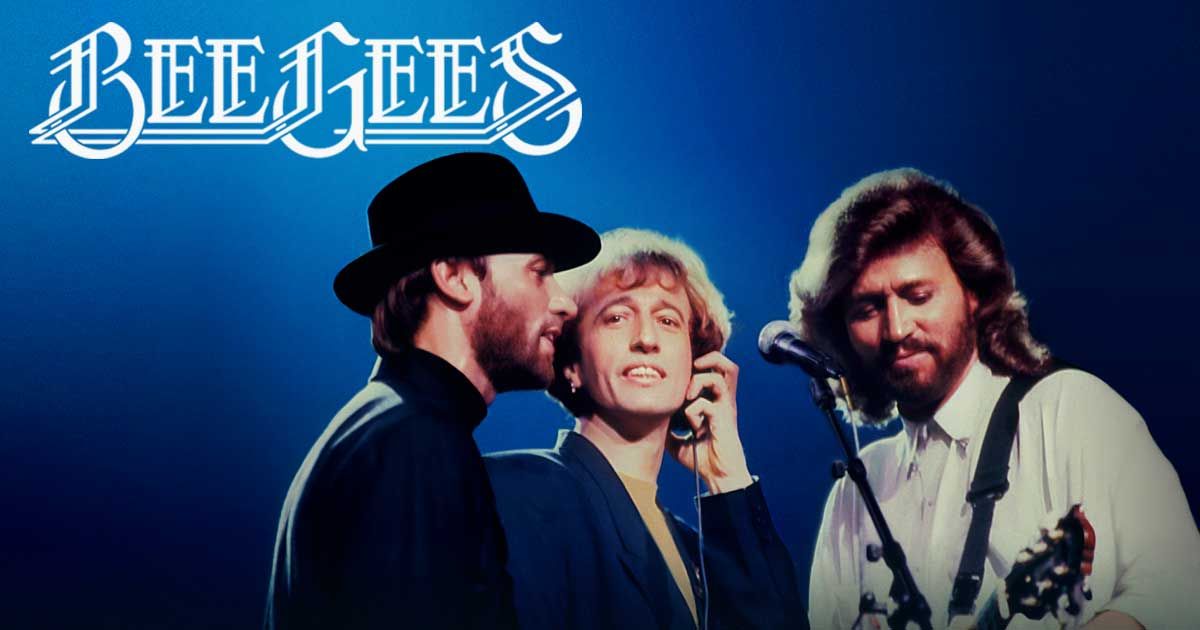
The Elegy of Love’s Undoing: When Devotion Becomes Its Own Destruction
When “Heartbreaker” arrived in 1982, it carried the unmistakable melodic fingerprint of its creators, the Bee Gees, even though it was the voice of Dionne Warwick that ultimately brought it to life. The song was released as the lead single from her album Heartbreaker, written and produced by Barry, Robin, and Maurice Gibb during a period when the Bee Gees were channeling their songwriting brilliance into other artists’ careers. Charting in the Top 10 across multiple countries—including reaching No. 10 on the Billboard Hot 100 and No. 2 in the UK—the song reaffirmed both Warwick’s enduring vocal grace and the Bee Gees’ unerring instinct for emotionally charged pop craftsmanship. It became one of Warwick’s most successful singles of the 1980s, a bridge between her earlier Bacharach-David sophistication and a new era defined by lush, contemporary production.
The creative genesis of “Heartbreaker” is steeped in duality—a song born of heartbreak but executed with such elegance that sorrow itself becomes beautiful. The Bee Gees, at this juncture, were refining their ability to distill emotion into pristine pop architecture. Having redefined disco and its aftermath, they turned to writing for others as a means of artistic renewal. In Warwick, they found a perfect vessel: her voice carried both ache and authority, capable of inhabiting their bittersweet melodies with an emotional authenticity that was impossible to counterfeit. Barry Gibb’s delicate falsetto can be heard weaving through the backing vocals like an unspoken memory—an echo of the songwriters’ own empathy for love’s inevitable corrosion.
Lyrically, “Heartbreaker” is not simply a lament; it is a confession delivered from the ruins of devotion. The narrator recognizes that love has betrayed her but remains powerless to sever its hold—a paradox at the heart of every timeless ballad. The simplicity of the lyric conceals profound complexity: affection becomes entrapment, understanding becomes resignation, and memory transforms into both comfort and torment. The chorus—achingly direct yet devastating in its restraint—captures that moment when reason collapses under the weight of emotion. This is not melodrama; it is emotional realism rendered in melody.
Musically, the track is classic Gibb craftsmanship—velvet harmonies draped over crystalline production. The arrangement balances organic warmth with early-’80s sophistication: shimmering keyboards, soft rhythm guitars, and an unobtrusive beat that lets Warwick’s voice linger like perfume in a still room. Every note feels deliberate yet effortless, as if heartbreak itself were choreographed into song form.
Culturally, “Heartbreaker” endures as an exquisite testament to collaboration—where artist and songwriter meet at the threshold of shared vulnerability. For Warwick, it revitalized her commercial presence; for the Bee Gees, it reaffirmed their post-disco relevance through introspective maturity rather than rhythmic exuberance. Decades later, its resonance remains undiminished. “Heartbreaker” stands as one of those rare pop elegies that remind us how beauty often flourishes most vividly in sorrow’s shadow—a song where love’s undoing becomes its most eloquent proof.